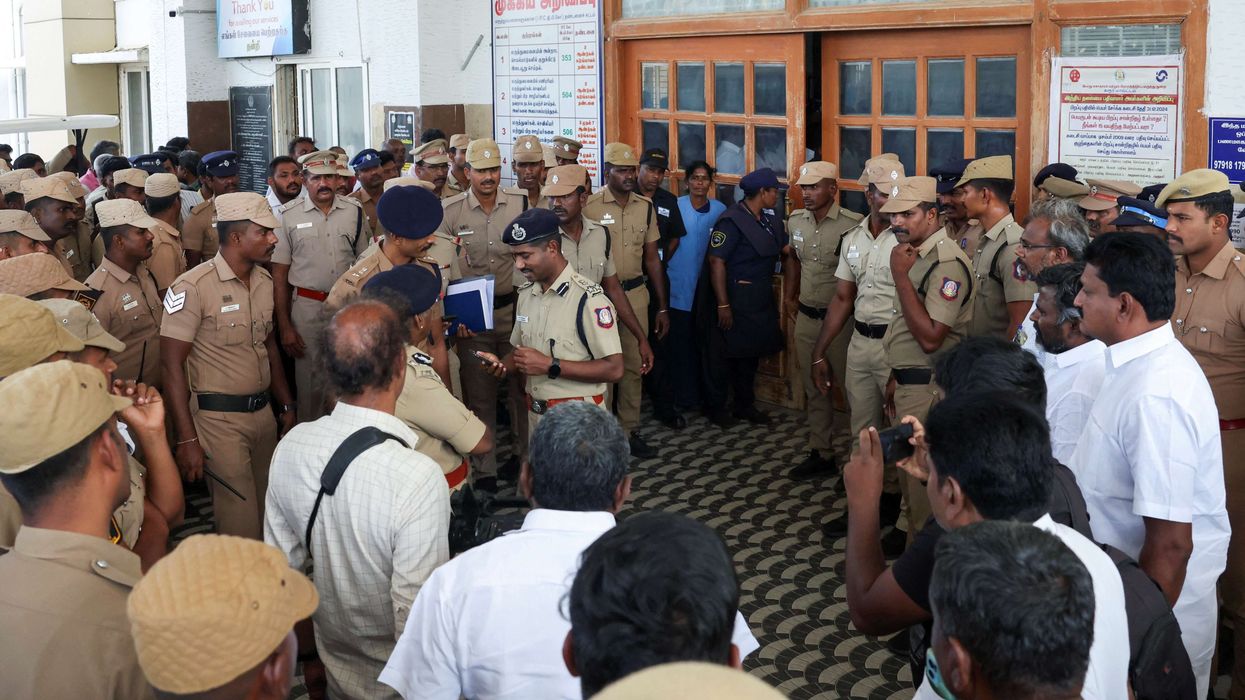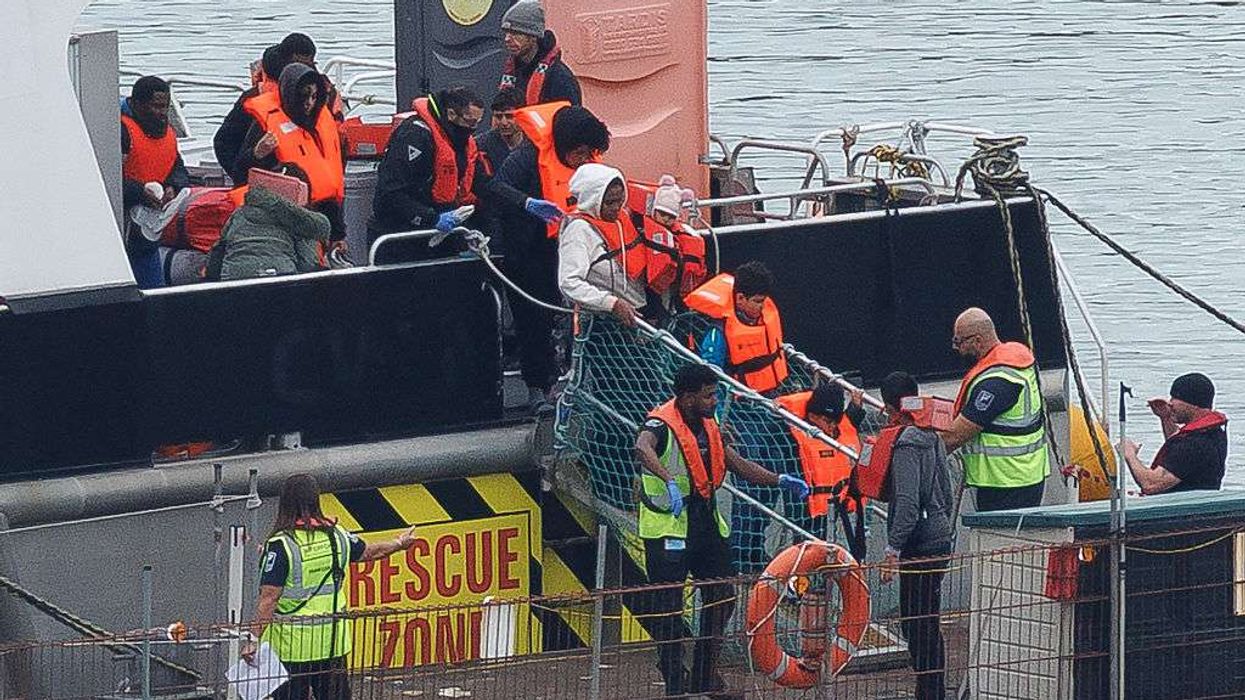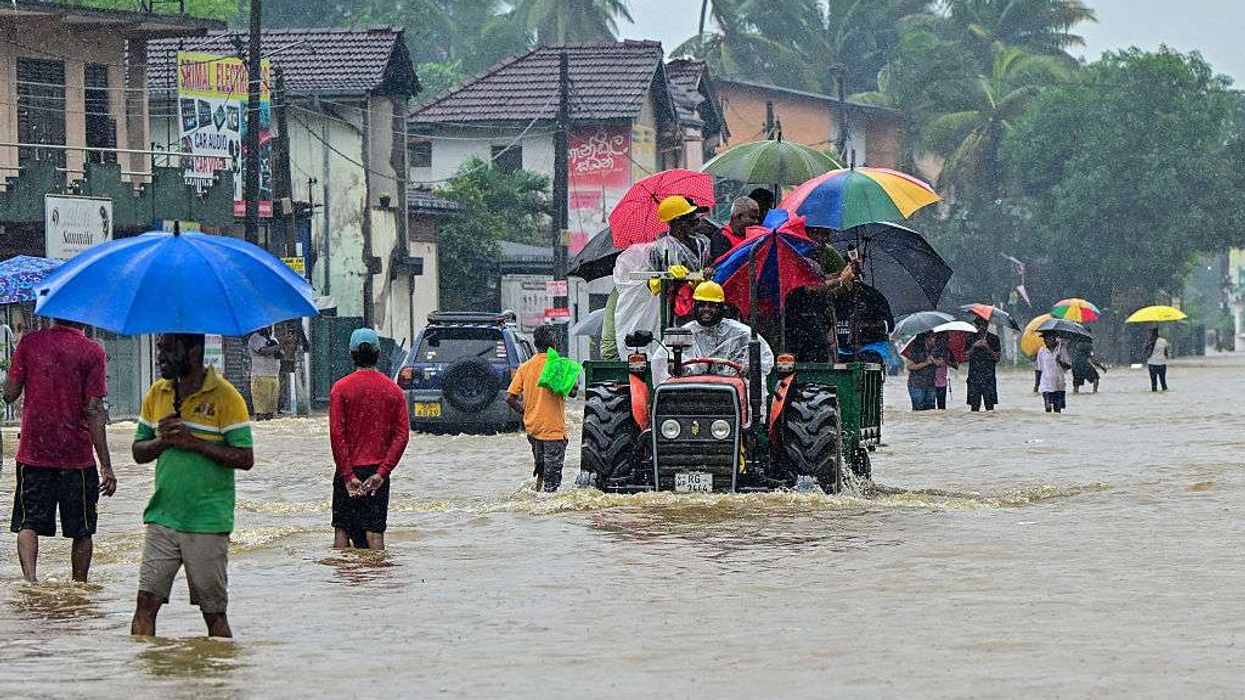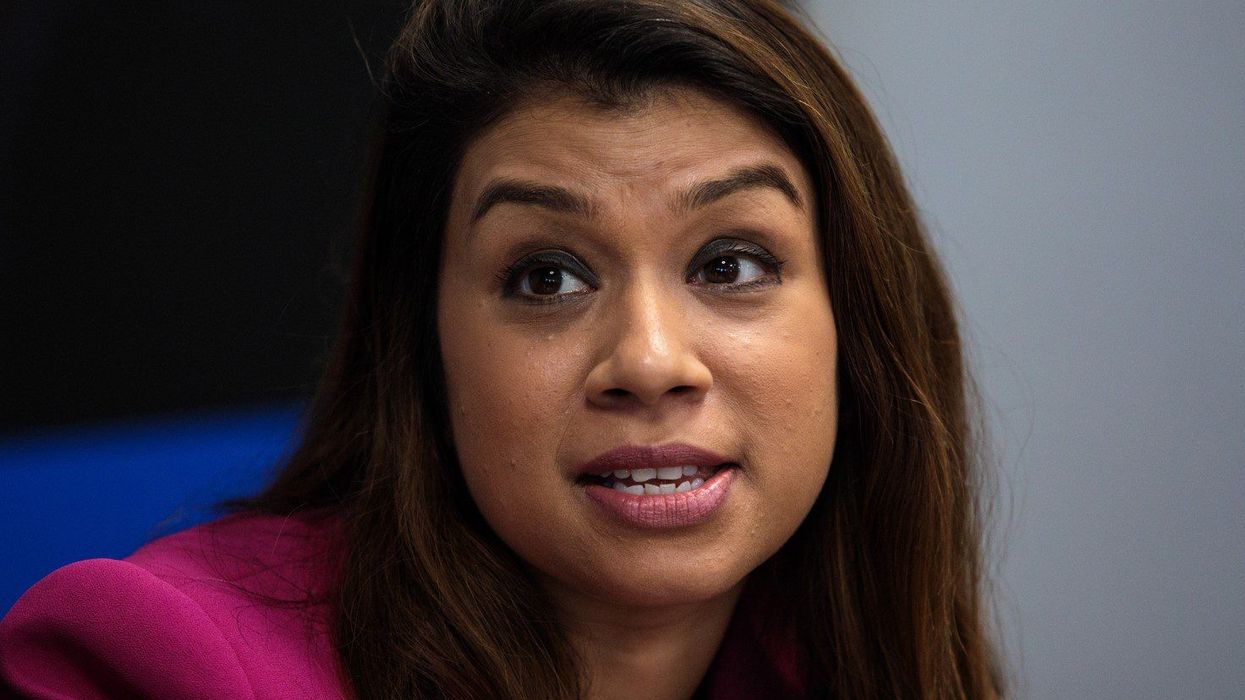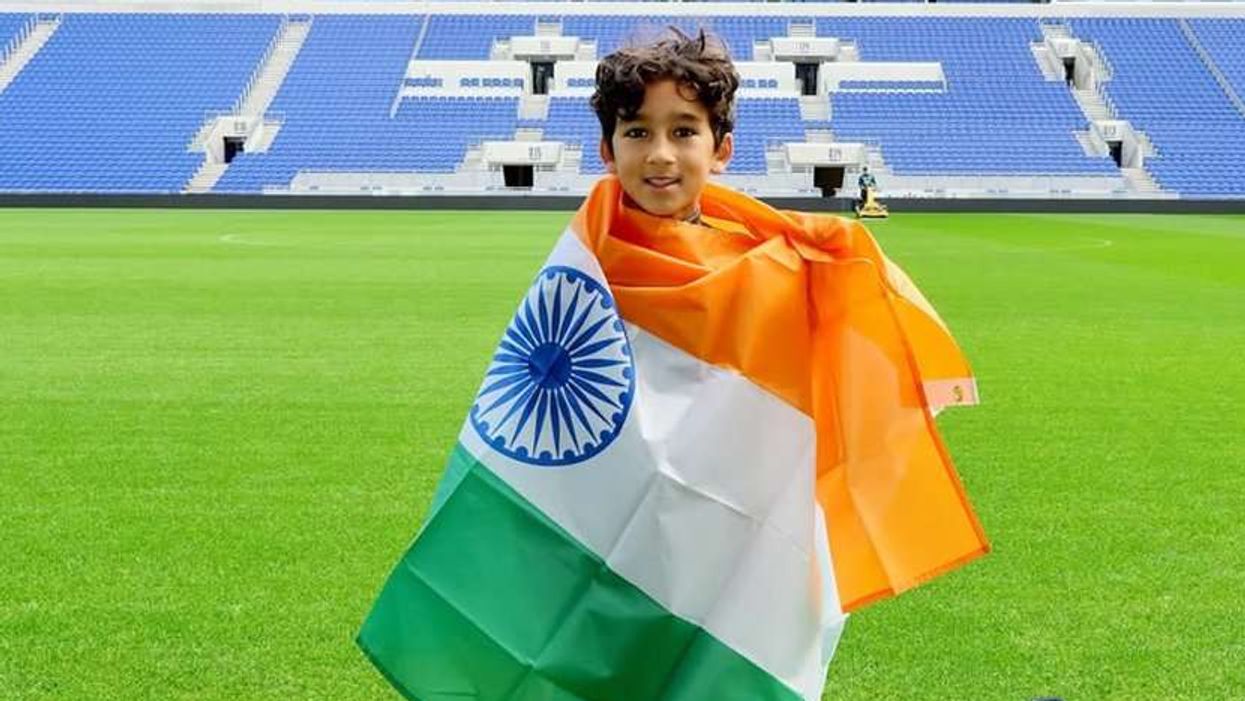Highlights:
- Police charge three senior aides of Vijay with culpable homicide after Karur rally stampede
- At least 40 people killed, including nine children, as crowd surged during the event
- Witnesses cite delays, poor planning, and limited police presence as causes
- Vijay announces compensation of two million rupees each for victims’ families
POLICE in southern India have charged three close aides of actor and politician Vijay with culpable homicide and negligence after a stampede at his rally killed at least 40 people, officials said on Sunday.
The incident took place on Saturday in Tamil Nadu’s Karur district, where around 27,000 people had gathered along a public road to see Vijay. Panic broke out during the event, leading to a deadly crush.
Such stampedes are common during large gatherings in India and are often linked to weak crowd control measures.
Police said they have filed a case against three senior members of Vijay’s party: Bussy Anand, GR Nirmal Kumar and VP Mathiyazhagan.
“A case has been registered and the investigation will reveal all who are involved,” senior police officer S Davidson Devasirvatham told reporters.
All three aides face charges of “culpable homicide not amounting to murder” and negligent conduct endangering human life.
Witnesses said the chaos was triggered by long delays, limited police presence and people falling from a tree branch into the crowd.
Vijay was speaking at the rally when the crowd suddenly surged, forcing him to stop. Social media videos showed him tossing water bottles to supporters shortly before panic spread.
“I am at a loss for words to express the pain my heart endures,” the 51-year-old said in a statement on Sunday.
“This is indeed an irreparable loss for us,” he said, adding he would give two million rupees ($22,000) each to the families of those killed.
Senior district official M Thangavel confirmed the death toll had risen to 40, including nine children.
Huge crowds
State police chief G. Venkataraman said the public was told Vijay would arrive by noon, but he reached the venue at 7:40 pm.
“The crowds started coming in from 11 am. He came at 7:40 pm,” he told reporters. “The people lacked sufficient food and water under the hot sun.”
He said organisers expected 10,000 people but about 27,000 came.
Vijay launched his party in 2024 and has been drawing large crowds ahead of state elections due next year.
Survivor B. Kanishka said he was “pushed down by the crowd all of a sudden”.
“There was absolutely no space to move,” he told the Hindu newspaper. “I subsequently fainted.”
Another survivor, Karthick, told the paper the tragedy could have been avoided.
“If people were not forced to wait for hours together, it could have been prevented,” he said. “Poor planning and execution of the programme and lack of police personnel at the spot were also the reason.”
The Indian Express reported that panic spread after supporters fell from a tree onto the crowd.
Earlier this year, 30 people died in a crush at a religious fair in Uttar Pradesh, while 121 were killed in the same state last year at a Hindu prayer meeting. In June, 11 fans were crushed to death in Bengaluru during celebrations for a local cricket team’s Indian Premier League title win.
(With inputs from agencies)
